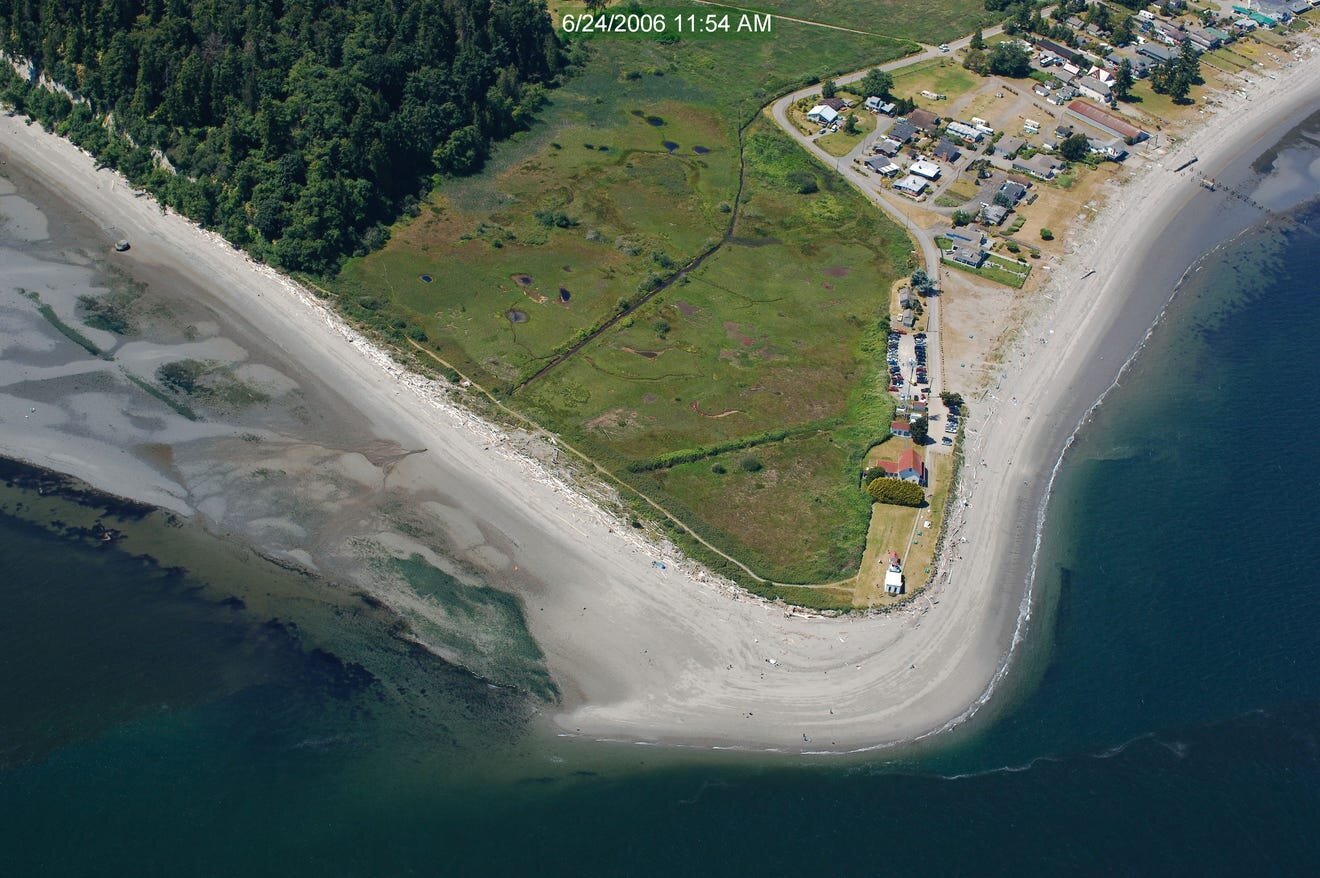Marsh habitat restoration project planned at Point No Point aims to help salmon.
Point No Point
HANSVILLE — A 32-acre area at Point No Point will undergo a habitat restoration led by the Mid Sound Fisheries Enhancement Group that aims to restore critical salmon habitat.
The nonprofit, which was created by the Legislature and partners with groups on salmon restoration, is working with the state Department of Fish and Wildlife, Kitsap County Parks and the Hansville community on the restoration project that will reconnect the Point No Point marsh to Puget Sound. Mid Sound has been reaching out to various groups to get their input on the project.
Juliana Tadano, Mid Sound’s nearshore project manager, said the "tide gate" in the area is failing, allowing the freshwater in the marsh but not letting fish back in. This is creating an area that functions more like a bathtub, not a dynamic marsh.
After the project is complete the area should drain better because backed-up channels will be unclogged and a two-way system will be created, Tadano said.
“We’re working with an amazing coastal engineer who’s looking at doing a salt marsh restoration by connecting those tides into the park, which is what actually traditionally happened,” she said.
The freshwater stream will be connected to the marsh and nonnative invasive plants will be replaced with native and salt marsh habitat plants. The flushing out of nutrients to the nearshore habitat is good for forage fish, Tadano said. That in turn will help the birds, marine mammals and salmon that feed on forage fish. The diversity of plants will increase, and the water will be able to move around hills and valleys.
In 1800 when the Point No Point lighthouse was built, the marsh was diked, turning it into a freshwater marsh, which it remains.
“Over 80% of estuary habitat has been lost around Puget Sound and that habitat is critical for juvenile salmon of all kinds but especially chinook,” she said. “Juvenile chinook pull into these little estuaries like rest stops on the highway so they’re safe from predators."
As they go through, they experience a physiological change through gradients of freshwater to saltwater, their bodies adjusting as they go.
The Port Gamble S’Klallam Tribe is one of the partners in the project.
“It cannot be overstated how critical the early marine period is for the growth and survival of juvenile salmon," the tribe said in a statement it issued regarding the project. "The integrity of nearshore ecosystems and the capacity of these habitats to provide prey can influence overall salmon returns.”
“It’s the most critical piece of restoration we could do for chinook in this area,” Tadano added. She said it will benefit more than just salmon.
In 1855 the Treaty of Point No Point was signed, where 47 S’Klallam members had a part in confirming the tribe’s right to harvest fish at their accustomed areas, including Point No Point.
“All those years ago, this tidal area was an open tidal wetland, rich and abundant," the tribe's statement said. "Unfortunately, several man-made changes, like the installation of a tide gate in more recent years, have hampered some of the functionality of this important tidal pocket estuary.”
There’s a lot of work to be done, Tadano said. The project is currently in the feasibility stage to gather data. After that, design will take a couple of years. Assuming funding and permitting can be secured, construction could happen as soon as 2025.
The project is being funded by grants, including one from the National Oceanic and Atmospheric Administration Mid Sound receives operational grants from the state, and other grants are sought from local and federal government agencies as well as private and public sources.
The Point No Point project will receive $196,426 from the state’s Estuary and Salmon Recovery Program, which will go toward data collection and coordinating with tribes and landowners. When this project was evaluated in 2016 for funding, it ranked No. 1 out of hundreds of restoration projects in the West Sound area.
Mid Sound is also working on a similar project south of Point No Point at Rose Point, near Eglon. The restoration will create a tidal connection, returning a creek to the estuary. This will help to create a series of rest stops for the fish traveling through the waters, Tadano said.
Mid Sound Fisheries Enhancement Group is a nonprofit that was created by the Legislature and is funded by grants. Tadano said the Point No Point project has been on the group's radar since at least the 1990s.
Dustin Haydock is a Waterman Mitigation Partners Site Assessment Specialist who holds a Masters Degree in United State Environmental History, here is his commentary and analysis of the topics covered in the above article:
“Habitat” may prove to be the buzzword of our era. I hope this comes to be, because the word seems to be more descriptive than just saying “the environment” which is a rather banal label and lacks a meaningful spine. “The environment” could mean anything. But, “habitat” means a place to live and grow and prosper.
Salmon, like all living creatures, need habitat. This is especially true when they are young. Young salmon live in fresh and saltwater. Their time spent in freshwater areas allows them to grow strong and healthy before they venture out into the dangerous waters of Puget Sound, the west coast, and the open ocean. Ultimately, salmon spend most of their lives out at sea. However, they begin and end their lives in creeks, rivers, ponds, lakes, estuaries, marshes, and swamps. Because of this dual-lifestyle that sees them traveling upstream, we call them anadromous fish.
For much of the 19th and 20th centuries, the need for salmon habitat was ignored. Instead, massive efforts and resources were put into the salmon-hatchery system. This merely elongated the crisis all the while marine and riparian wetland areas were filled in, clearcut, paved, and left to sit in a degraded state. This has had profoundly negative effects on not just salmon, but all forage fish, birds, and land animals that rely on salt marshes and estuaries for their livelihood.
These negative effects go beyond large, and mostly cute animals though. When an estuary or marsh is cut off from significant tidal influence, the nutrient cycle is severely disrupted. This has damaging effects on the freshwater and marine area and all the crustaceans, mollusks, insects, and marine invertebrates on the surrounding nearshore. In summary, when an estuary or salt marsh is filled in or closed off, a ripple of biological scarcity is sent in all directions and up and down the food chain.
Even though the large wetland is present and visible to Point No Point visitors, we should not assume it to be functioning properly.
For all these reasons, the restoration of the salt marsh at Point No Point is a fantastic idea. Point No Point Park is approximately 60 acres and features a well maintained lighthouse, built in 1879. When the lighthouse and adjacent buildings were constructed, the large natural salt marsh was cut off from tidal influence by a dyke. Channels were also dug into the marsh to drain the water. This was all common practice in the 18-20th centuries. There is now a small culvert that drains the large marsh, and at high tides sends some marine water into the marsh via tidal pressure, though this hardly counts as tidal influence.
Opening up the dyke to allow for the tidal fluctuations will not put the lighthouse at risk, as it is a very popular place to visit. Opening up the marsh could also solve seasonal flooding issues the residents of the area face. Also, restoring the marsh fully will supercharge the ecosystem which will be a benefit to park visitors and residents. Point No Point is quite popular for its sandy beaches, tide pools, and impressive wildlife. There are many grey herons, eagles, and countless other birds in the park. Just offshore there are often orca and sometimes large pods of porpoises. There are always seals and river otters along the shoreline. I have even seen the very rare sea otter and her young pup.
The suggested restoration is clearly a crucially important one. WMP is proposing similar restoration efforts in other parts of the county where priority habitat is at risk or needs a great deal of help to be ecologically productive once again. We are not alone in this battle as there are many organizations, companies, and public task forces engaged in an effort to re-establish and enhance nearshore and wetland environments of Puget Sound. But websites and fundraisers will not solve the problem, the populous must understand the details, then they will see the issue everywhere and the call-to-action will get louder.
So when you are out driving around our lovely peninsula, and you see an estuary, or major marsh or wetland that has been degraded, filled in, or hydrologically cut off, don’t say, “We need to help the environment…” Instead, see a meaningful habitat and say, “We need to re-establish, enhance, and preserve priority habitats and critical ecologic and hydrologic systems, NOW!”
We are not faced with a simple problem. Therefore we cannot respond with simple slogans and actions. The problems facing the Kitsap peninsula are multi-faceted. It is going to take a lot of work, consideration, and resources, but failure to step up and face the great challenge of our time will be to the detriment of all.

